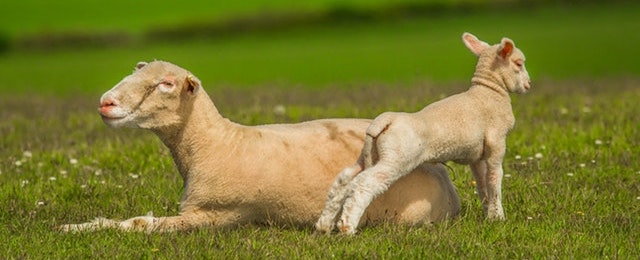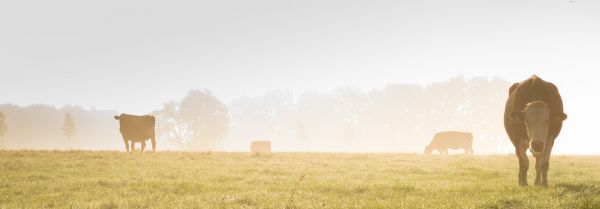|

Modern horse de-worming practices have evolved greatly. Traditionally it was recommended that horses were rotationally drenched every 6-8 weeks to keep worms at bay – but this is no longer the case.
What is the problem with traditional de-worming practices?
Traditional de-worming practices were developed more than 40 years ago when large strongyle worms were the most common and damaging internal parasite of horses. With the introduction of the drench ivermectin, this approach was very successful in controlling large strongyles, to the point that they are no longer much of an issue. However, due to decades of such frequent drench use, we are now faced with the serious issue of drench resistance. Small strongyles are now considered the worm type of greatest concern, and we have limited effective drenches available to combat them.
What are the cornerstones of modern de-worming recommendations?
1. Perform regular worm egg counts
This helps determine if your horse actually has a worm burden. Worm egg counts should be conducted 2-4 times per year, but more frequently for young, aged, unwell or new horses. A small manure sample for each horse is all that is required for your vet to perform a relatively inexpensive worm egg count.
2. Use a combination drench
Drenches with two or more active ingredients are less likely to lead to drench resistance. Target the drench ingredient for the most relevant worm type.
3. Drench adult horses 1-2 times per year
Unless the worm egg count suggests more regularly.
4. Practice good pasture management
Remove manure regularly, avoid overcrowding, and spell paddocks to help manage worms.
Call us today to arrange a worm egg count for your horse!
|
